54+ Logo Designs Examples to Download
Lots of business organizations engaged in having a marketing logo for it promotes public recognition. Business firms these days resort to having business logos, company logos, to make sure the public or the potential patrons of the business could easily recognize them. They often also referred to as icon or a graphic representing a business, company, organization, commercial enterprises and even schools.
Event Planner Logo Template
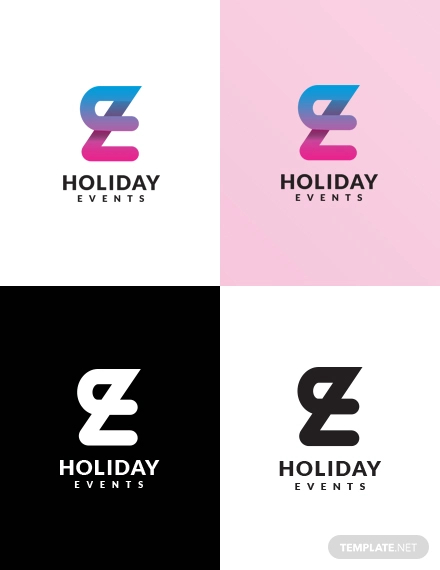
Wedding Planners Logo Template
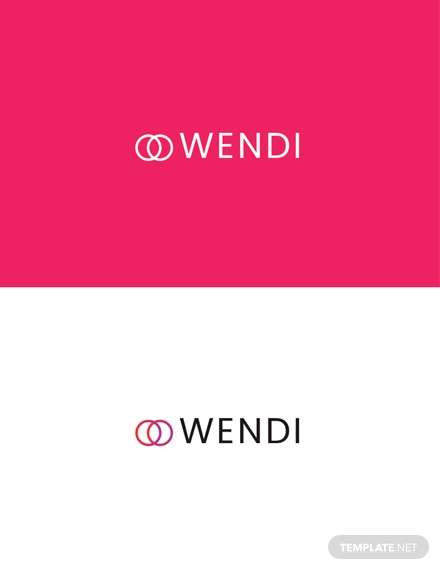
Grand Hotel Logo Template
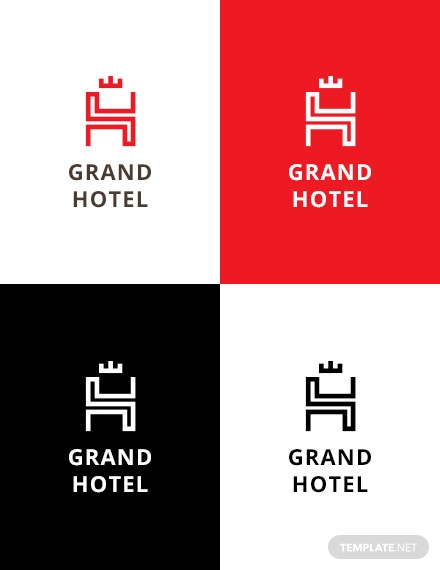
Royal Resort Logo Example
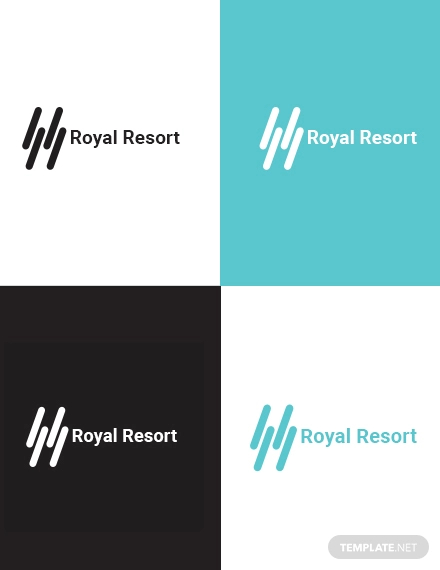
SEO Logo Template
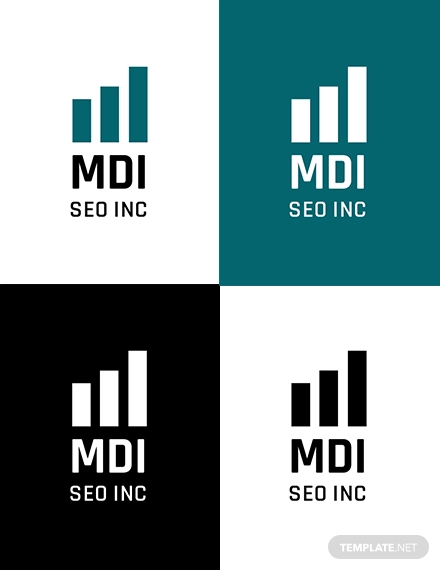
Creative Agency Logo Template
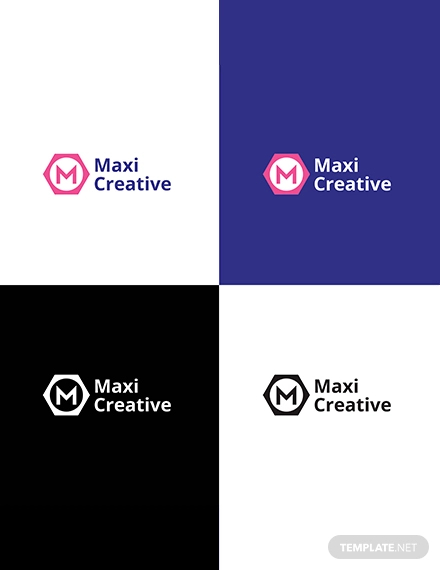
Massage Logo Design Template
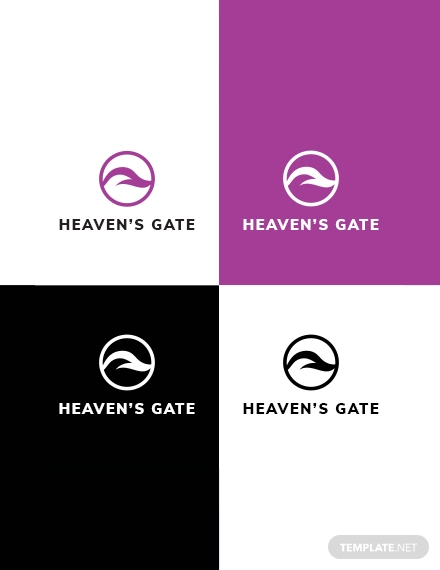
Law Firm Logo Template
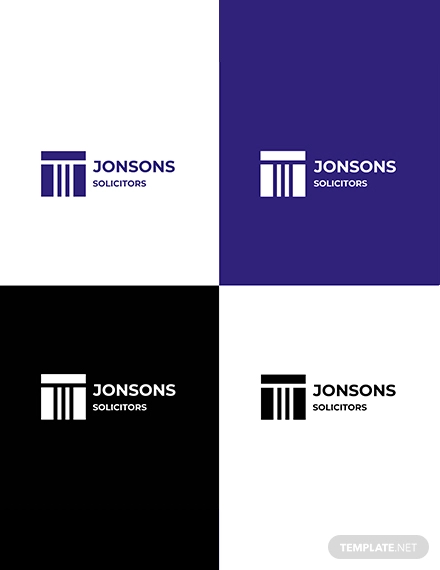
Travel Agency Logo Design Template
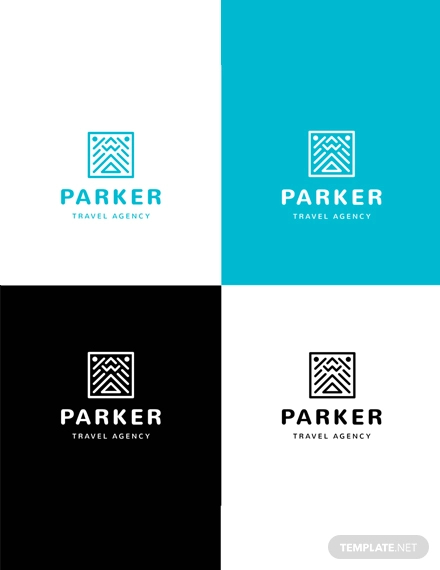
Advertising agency logo Design Template
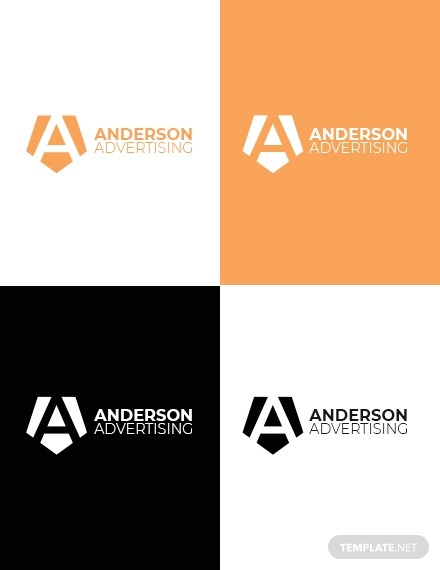
Hexagon Hostel Logo Template
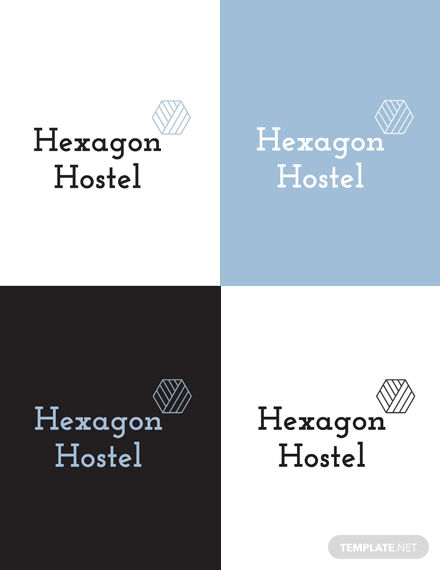
Makeup Artist logo-Design Template
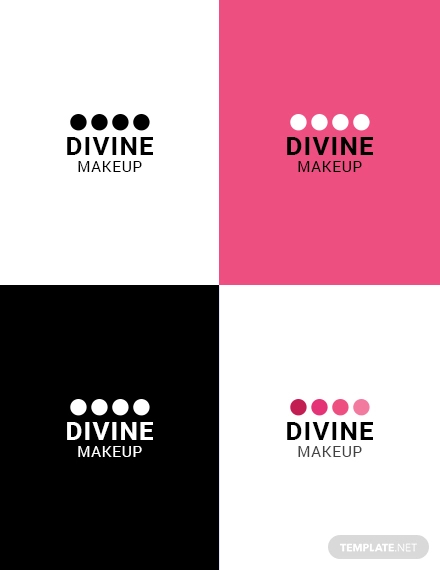
Fashion Designer Logo Template
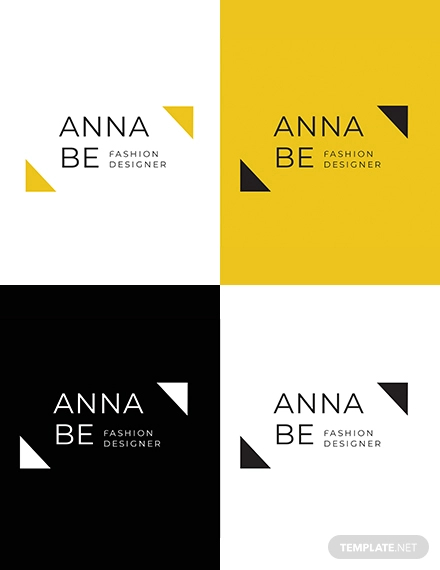
Business Logo Designs
Small Business Logo

Real Estate Business Logo
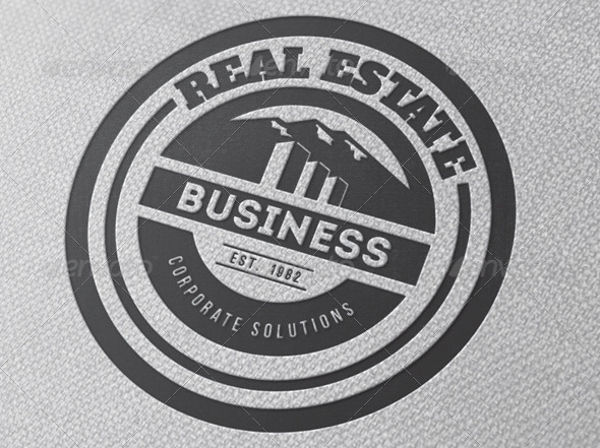
Beauty Business Logo
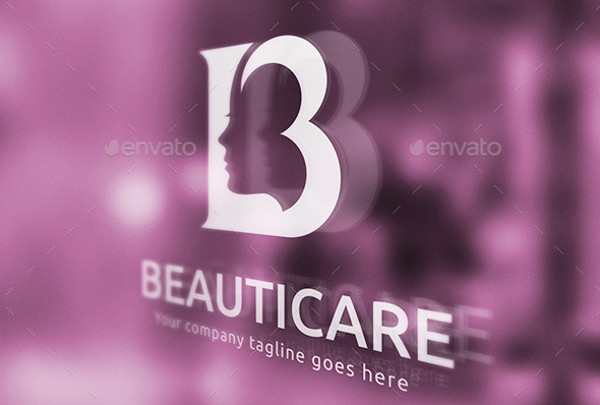
Cleaning Business Logo

Corporate Business Logo
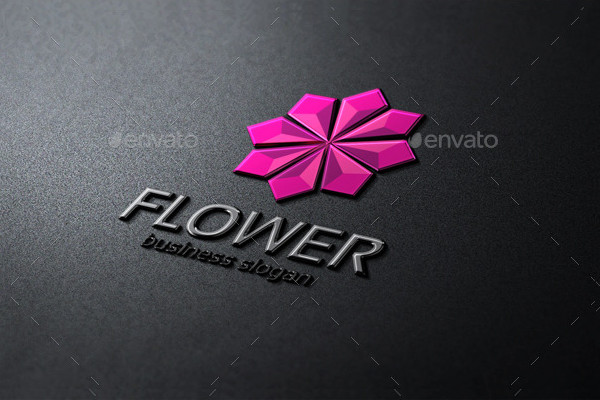
Company Logo Examples
Construction Company Logo
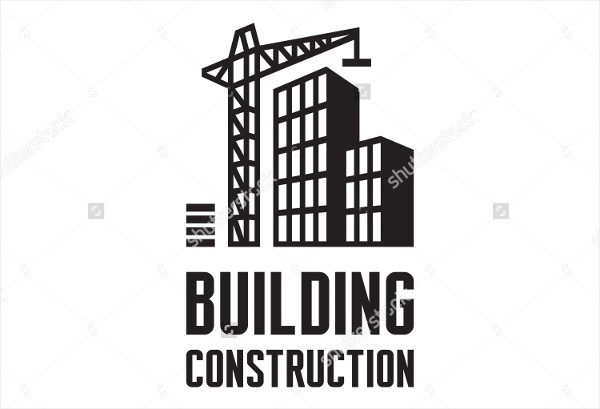
Example of Electrical Company Logo

Advertising Company Logo

Cleaning Company Logo
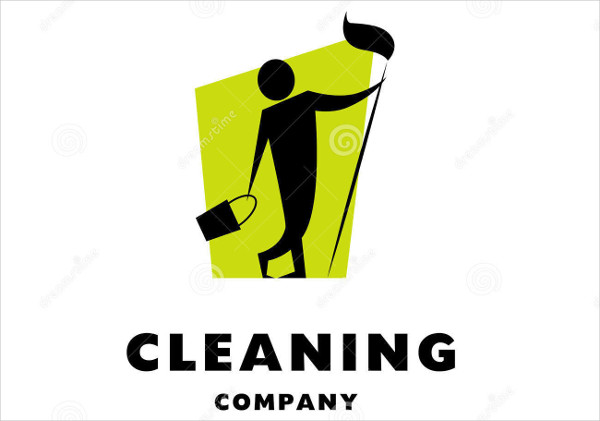
Fitness Company Logo

Medical Logo Designs
Medical Store Logo

Medical Medicine Logo
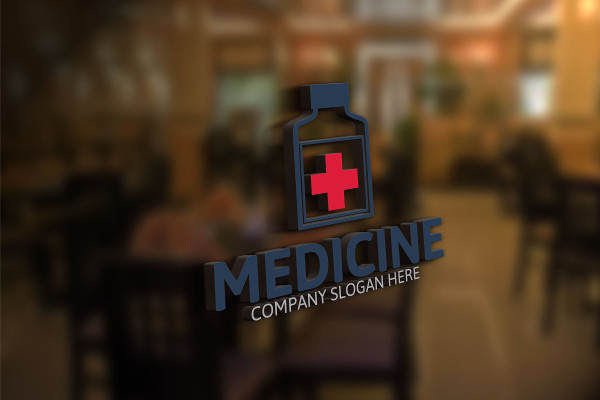
Medical Equipment Logo
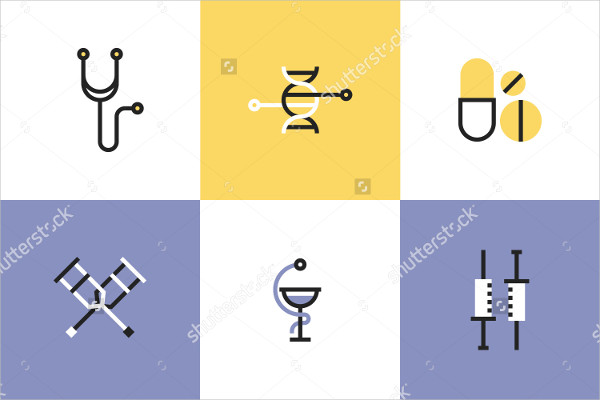
Music Logo Designs
Music Company Logo
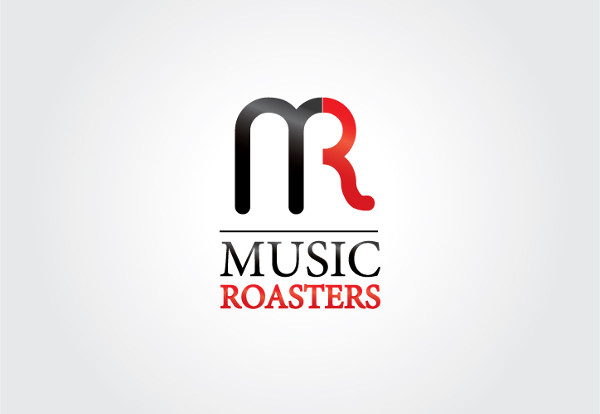
Music Band Logo
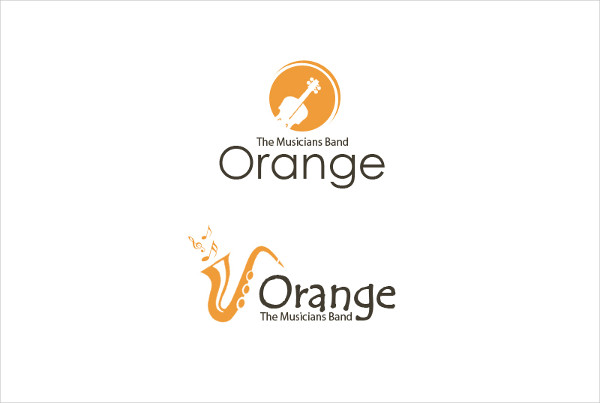
Music School Logo

Jewellery Logo Designs
Jewellery Company Logo
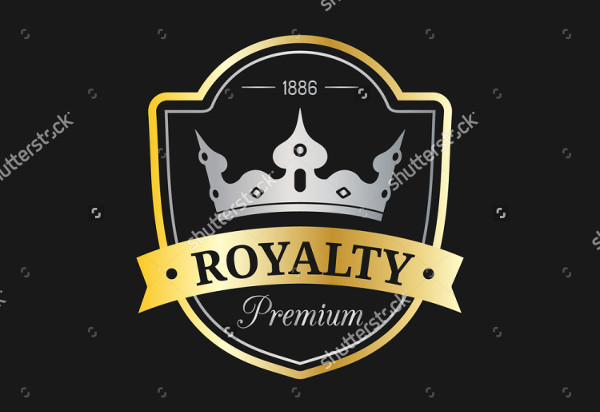
Jewellery Shop Logo
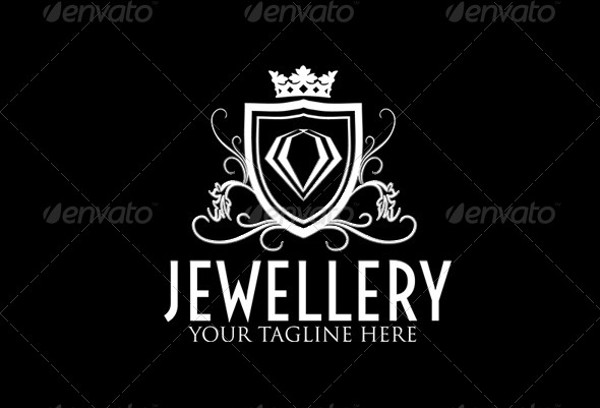
Restaurant Logo Examples
Restaurant Business Logo

Fast Food Restaurant Logo

Pizza Restaurant Logo

School Logo Designs
Driving School Logo

Dance School Logo

Music School Logo

Vintage Logo Designs
Vintage Company Logo

Vintage Photography Logo
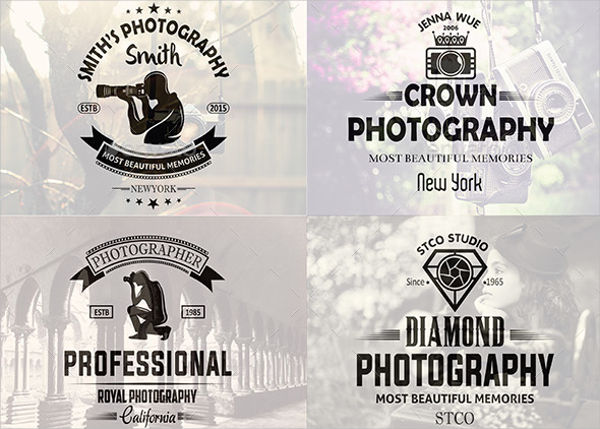
Wedding Logo Designs
Wedding Photography Logo
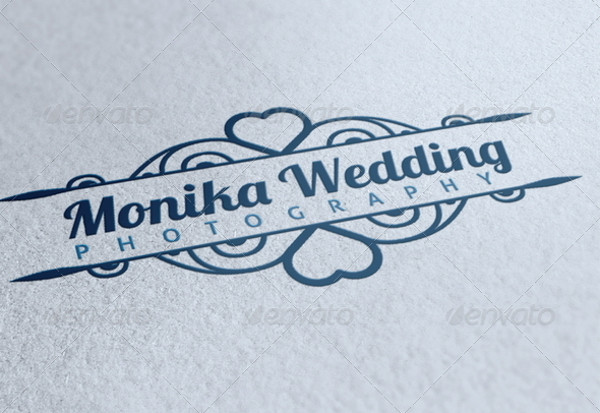
Vintage Wedding Logo
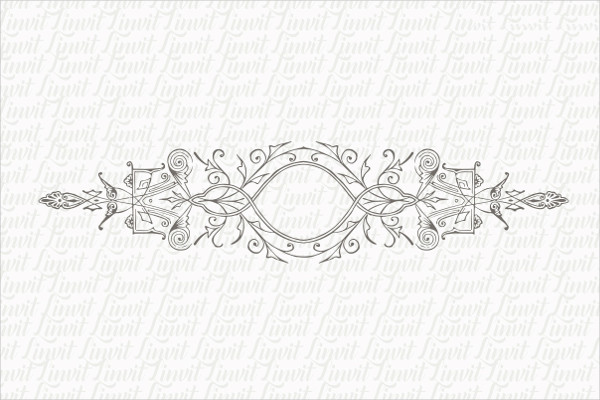
Free Wedding Logo
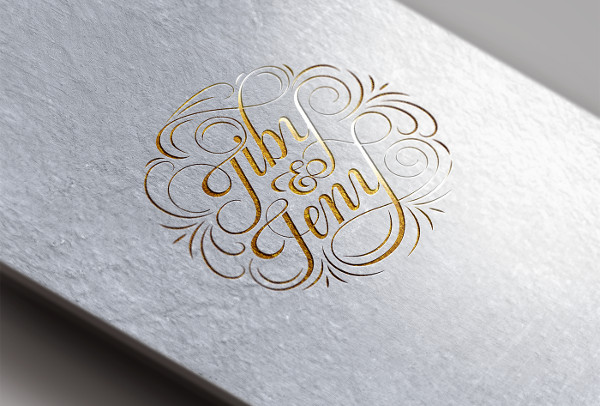
Sports Logo Designs
Football Logo

Sports Team Logo

Soccer Logo

Salon Logo Designs
Hair Salon Logo
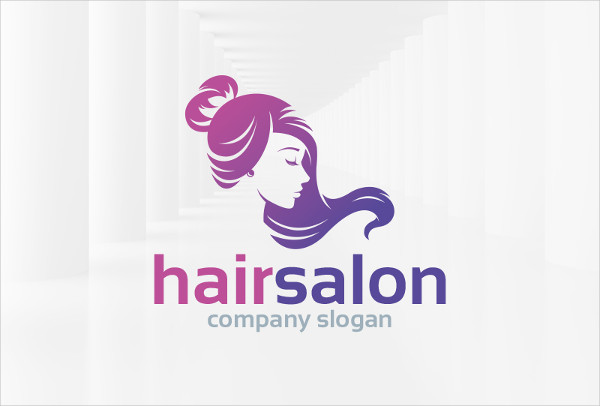
Nail Salon Logo
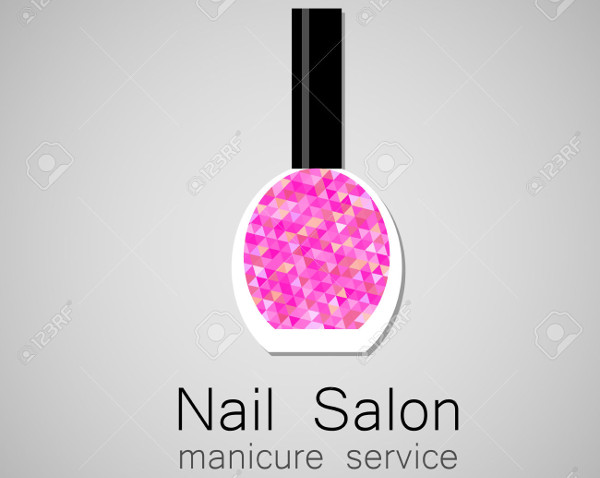
Beauty Salon Logo

Travel Logo Designs
Travel Agency Logo

Travel Company Logo
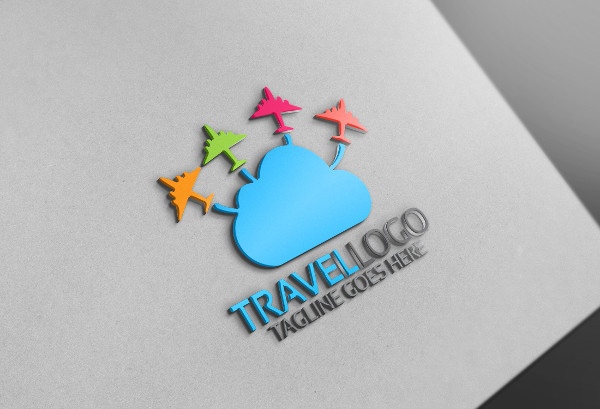
Travel Logo Design Template

Photography Logo Designs
Wedding Photography Logo
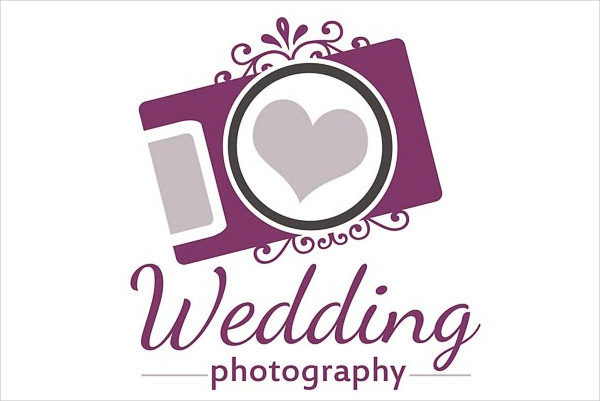
Professional Photography Logo
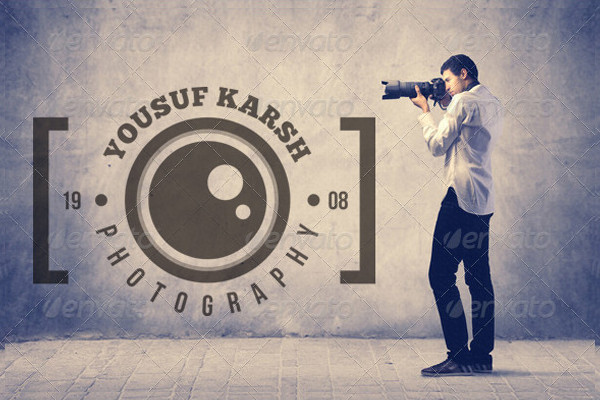
What Is a Logo Design?
A company logo example logo or a business logo is a symbol often just a simple one or a complicated symbol that represents a business, an organization, or commercial enterprises. A logo is the shortened word of logotype. A inspiring minimal logo design should be taken to careful considerations. Logo designers know this and should remember that they are creating the logo on a good purpose and for the advantage of such business.
How to Make an Effective Logo Design
Since a logo is like the face of a business firm or a company, logo designs play a vital role in promoting business firms, commercial ventures, enterprises and other business operations. The ways to effective logo designs are as follows.
Step 1: Consider the Type of Logo for Your Business
Consider first the type of business you are about to create a logo from. This process involves research and inquiry. You must create a matrix on the things you would consider how your logo would look like. For example, it is for a photography logo. One must consider symbols of a camera or photograph.
Step 2: Check for Some Logo References
Check for references. You can go ahead and browse on the internet for different logo designs to help you visualize the logo you are about to create. After doing so, consider the simplicity of the abstract logo design. Modern logos are used to attract attention but it does not mean, you can’t go ahead and go on the simple ways. Simplicity with the design implies how professional the business firm or company is.
Step 3: Revising Your Design Is Applicable If in Any Chance
If you are planning for brand that will stand over time, think of a timeless flat logo design. This means, the design won’t be affected for any change of time, that whatever changes may occur, the logo still fits in. Take note, avoid the trendy designs, they won’t last long. Revising your blank logo design is applicable if in any chance that you have finalized it already yet there will be small changes to make it look better.
Step 4: Finalize Every Single Detail of Your Logo Design
After all the revisions and changes made, presenting the logo your client is a must. This is the process where you will find out if the logo is approved or there might be any changes be applied.
FAQs
What is the importance of a logo?
Business establishments nowadays are already very keen and sensitive when it comes to popularizing their brands. It is essential to know why having a logo of your own business is such a huge deal. Being able to know its importance will also help a business firm in realizing choosing the best?company logo?that suits accordingly
What are the common mistakes made when designing your business logo?
Here are the common mistakes made when you design your business log, which should be avoided. Being trendy, poor choice of font, pixelate images, using various colors, being too complex or too abstract, copying designs, and lastly typographic issues.
Why do you need to make your logo look good?
If you want to venture in good business logos one must call to mind of choosing a professional logo design to give a formal and remarkable impression to potential clients in your business.
Being able to market your brand using a logo is such an edge in the progress of expanding a business. A logo designer should take careful considerations and should remember that they are creating the logo on a good purpose and for the advantage of such business.


